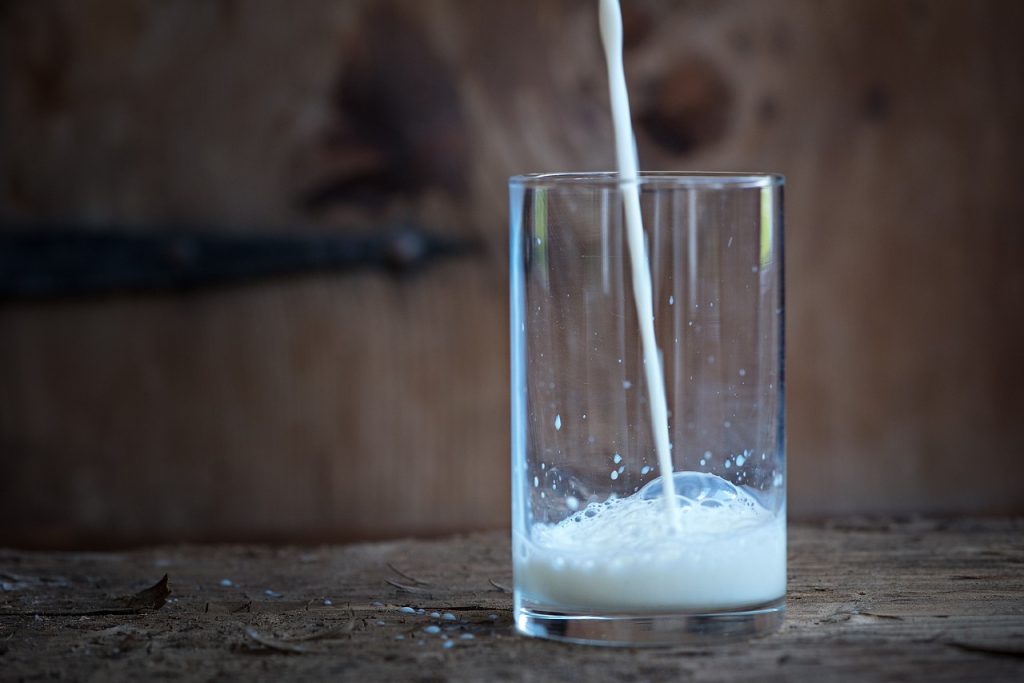All fields are required
Posted in Food Policy,Our Blog on June 11, 2024

FDA celebrates centennial anniversary of milk and dairy pasteurization this year!
As with many foods we commonly consume, we sometiems take for granted the safety of those products. We expect that the meat we purchase, cook, and eat is healthy. That the juices we drink and serve our families are nutritious and safe. And that the milk we buy and drink is free of harmful bacteria.
But that wasn’t always the case.
Especially when it comes to milk.
In fact, pasteurization did not become regulated until 1924. And so, this year the FDA is celebrating the 100-year anniversary of a regulatory implementation that made an immediate impact on illnesses related to the product.
A long time ago, the connection between illnesses, such as tuberculosis, diphtheria, scarlet fever, and typhoid fever were not widely understood. As the pieces were put together, it was estimated that one in every four instances of foodborne illness could be traced back to milk and dairy products.
The problem became worse as communities grew, and milk had to travel even further from the farm to the consumer.
That all changed with the Standard Milk Ordinance in 1924.
Pasteurization, though used sparingly at the time, and not always on dairy products, was an established method of rendering liquids safe to consume. Some places were already adopting this practice. However, it wasn’t until the Standard Milk Ordinance in 1924 that these processes became more widespread.
The Standard Milk Ordinance created a standardization for grading that consistently applied to farms, dairy operations, and dairy transporters.
At the beginning of its inception, these standards were voluntary. This allowed for states to adopt the practice if they chose to.
It is clear that incorporating milk and dairy pasteurization has made an impact on safety. What started as nearly a quarter of all foodborne illnesses caused by dairy products has now dwindled to nearly none. The U.S. Food and Drug Administration (FDA) estimates that for every 2 billion servings of pasteurized milk or dairy products consumed in the United States, only about one person become sick.
“The improvement in milk safety is an amazing public health accomplishment,” said Jim Jones, Deputy Commissioner for Human Foods at the FDA.
Amazing indeed!
Alabama was the first of the states to adopt this standard milk and dairy pasteurization mandate in 1924. Before long, all 50 states, the District of Columbia, and Puerto Rico were participants in the Ordinance.
When it comes to milk and dairy safety, government oversight has evolved over time. In the late 1940’s another governing body formed in response to interstate milk commerce. The National Conference on Interstate Milk Shipments (NCIMS) continued to develop milk safety programs aimed at developing effective and uniform practices in the dairy industry.
In 1963, traceability became a hot topic. That year, a mandate that all milk containers in the United States must have a way of tracing milk back to the processing plant where it was processed. This code would allow for faster response if there is a problem.
Then, in 1977, NCIMS and the FDA joined forces in a collaborative agreement to form the Milk Safety Program that still exists today.
The rest is history!
We keep throwing around this word that has a lot of vowels and is a bit fun to say out loud.
Past-E-Yer-IZ-A-shun!
But what exactly is pasteurization?
Pasteurization is a heating process designed to kill pathogen. Invented by the process’s namesake, Louis Pasteur in 1864 to make beer and wine last longer, it was later applied to other food products.
Juice, eggs, beef, and of course milk enjoy this process today!
How does it work?
The short answer.
Very exact temperatures for very specific times are involved for each food category.
Today’s process likely looks a little different than it did back in Pasteur’s day. In fact, a method known as “Ultra-High Temperature” pasteurization has been discovered that increases the shelf life of dairy products considerably.
For the “High Temperature Short Time” protocol, milk is heated to 161 °F for 15 seconds. Immediately following this heat step, the milk is cooled back down to below 40 °F for storage.
This is the typical pasteurization method used for the milk commonly found in your grocery store’s dairy section. A typical shelf life for “High Temperature Short Time” pasteurized milk is about one to two weeks from time of purchase.
Ultra-High Temperature pasteurization increases the temperature significantly. The time, on the other hand, is dramatically reduced. For this method, milk is heated to 280 to 300 °F for around two to six seconds. Immediately following this heat step, the milk is cooled back down to below 40 °F for storage.
This “Ultra” pasteurization creates a product that can be considered “aseptic.” Meaning, completely free of pathogens. For this reason, the shelf life is dramatically increased. In fact, “Ultra” pasteurized milk can have an expiration date several months into the future.
Whether you scream for ice cream, go ga-ga for yogurt, or dance for all dairy, you can feel safe knowing that consuming pasteurized milk is healthy for you!
So wear that milk mustache proudly, and enjoy the delicious taste of history!
If you’d like to know more about food safety topics in the news, like “Raise a Glass (of Milk) and Celebrate the Centennial Anniversary of Milk and Dairy Pasteurization This Year!,” check out the Make Food Safe Blog. We regularly update trending topics, foodborne infections in the news, recalls, and more! Stay tuned for quality information to help keep your family safe, while The Lange Law Firm, PLLC strives to Make Food Safe!
By: Heather Van Tassell (contributing writer, non-lawyer)